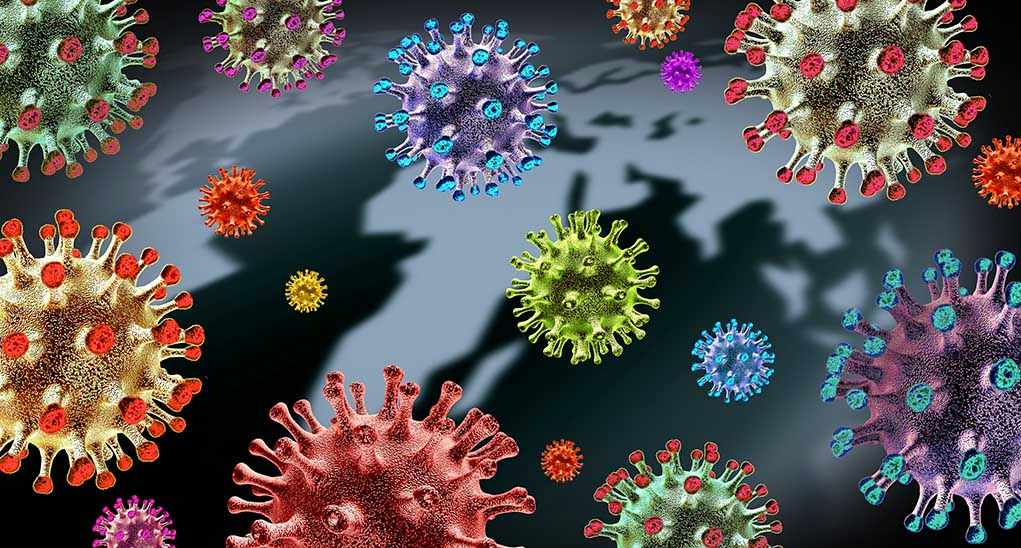
The CDC just issued a Level 2 travel alert for a virus that causes excruciating joint pain so severe that victims literally bend over in agony—and it’s spreading faster than health officials anticipated.
Story Snapshot
- CDC issues Level 2 travel alerts for Cuba and China’s Guangdong Province due to chikungunya outbreaks
- Over 10,000 cases reported in China alone, with rapid spread to neighboring regions including Hong Kong and Taiwan
- The virus causes debilitating joint pain, fever, and symptoms easily mistaken for dengue or Zika
- No locally transmitted U.S. cases since 2019, but infected travelers pose importation risk
- Same mosquitoes that carry this virus already live throughout much of the southern United States
The Bending Disease That’s Breaking Containment
Chikungunya gets its name from a Tanzanian word meaning “to bend over in pain”—a grimly accurate description of what this virus does to its victims. The current outbreaks in Cuba and China’s Guangdong Province represent something health officials haven’t seen in years: rapid, large-scale transmission that’s jumped borders with alarming speed. Chinese authorities report over 10,000 cases, with the virus spreading from Foshan to Macao, Hong Kong, Taiwan, and Guangxi province in a matter of weeks.
What makes this outbreak particularly concerning isn’t just the numbers—it’s the geography. Both Cuba and Guangdong Province serve as major international travel hubs, creating countless opportunities for infected travelers to carry the virus to new destinations. The CDC’s Level 2 alert essentially tells Americans: if you must travel to these areas, take every precaution possible.
Why American Health Officials Are Watching Closely
The uncomfortable truth is that the United States provides ideal conditions for chikungunya transmission. Aedes aegypti and Aedes albopictus mosquitoes—the same species spreading the virus in China and Cuba—thrive across the American South and Southwest. These aren’t exotic foreign pests; they’re already here, breeding in everything from abandoned tires to flower pots in suburban backyards.
The only thing standing between current outbreak zones and potential American transmission is surveillance and luck. The last locally acquired case in the U.S. occurred in 2019, but that streak depends entirely on early detection and rapid response when infected travelers return. Given that chikungunya symptoms mirror those of dengue and Zika, misdiagnosis could easily delay crucial containment efforts.
The Diagnostic Nightmare Complicating Response
Emergency room physicians face a troubling puzzle when patients arrive with high fever, severe joint pain, and headaches after international travel. Chikungunya, dengue, and Zika all present nearly identical early symptoms, yet require different monitoring and public health responses. This diagnostic overlap has created what experts call a “surveillance blind spot” where cases might slip through initial screening.
The situation becomes more complex when considering that many infected individuals experience relatively mild symptoms or mistake their illness for common flu. These “walking well” patients continue normal activities, potentially exposing local mosquito populations if they live in suitable climates. Once local mosquitoes become infected, the virus can establish sustained transmission cycles independent of international travel.
Climate and Timing Create Perfect Storm
The current outbreaks aren’t happening in a vacuum. Unusually heavy rainfall in both China and Cuba has created ideal mosquito breeding conditions, while rising global temperatures extend the geographic range where these insects can survive year-round. What once required tropical climates now thrives in increasingly temperate zones.
American health officials understand that climate patterns favoring mosquito-borne disease transmission aren’t limited to current outbreak zones. The same atmospheric conditions contributing to chikungunya’s spread in Asia and the Caribbean regularly affect Gulf Coast states, Florida, and the Southwest—regions where millions of Americans live and work daily. This isn’t about distant threats; it’s about recognizing vulnerability in our own backyard.
Sources:
Deadly mosquito-borne virus sparks CDC travel alert — could it reach the US? – Fox News
U.S. warns travelers about chikungunya virus, spread by mosquitoes in China – CBS News
Chikungunya Data and Maps – CDC
Zika Geographic Distribution – CDC












